
When I invested in a left-handed MPA 9 Major Open Gun nearly two years ago, I wanted to develop my 2011 springs and followers. What I didn’t expect was how exceptional the gun’s performance would be—flawlessly for the most part. On the rare occasions it hasn’t performed perfectly, it’s been due to self-inflicted mishaps, like neglecting to case gauge my ammo or failing to clean the gun after pulling it out of the safe for a match. I’ll admit that gun maintenance isn’t my strong suit, especially since I frequently switch platforms.

Even with my sporadic care routine, my MPA DS9 has taken everything I’ve thrown at it. I’ve put around 20,000 rounds through it, using everything from 115gr and 124gr rounds, RN heavy plate, PD versions 1 & 2, Everglades, and Montana Golds. Every brand has performed beautifully when I’ve made the effort to produce quality ammo.
The gun itself has undergone a few changes to suit my needs. I swapped between the stainless steel standard aggressive grip and the extra aggressive grip, primarily because of a muscle injury in my right hand. The added mechanical grip provides extra support when needed, and honestly, I prefer the extra grip texture—it suits my shooting style.

Performance and Features One of the standout features of the MPA DS9 is its flatness. MPA has clearly taken feedback from competitive shooters to enhance this aspect, and the results are tangible. Listening to those who actively use the guns in the sport has led to meaningful improvements that cater directly to the target audience.
Interestingly, when transitioning to a setup with four popples in the barrel and one through the compensator—plus three progressively larger vertical ports—I found that it didn’t require nearly as much powder as I initially thought to feed the popples effectively. This efficiency was an unexpected bonus, and it made the overall load development process smoother than anticipated.
This gun has also turned me into a firm believer in the power of ports, even beyond competition firearms. The enhanced recoil management and smoother shooting experience they provide have convinced me of their place in everyday carry (EDC) guns as well, like the Micro Dagger. The balance of efficiency and performance is hard to ignore.

Accessories and Optics Over the years, I’ve tried several optics on my Open Gun, and the one currently in use is a Romeo3Max from the SIG P320MAX. And just to clarify—my firearms are always kept unloaded when not in use.
Closing Thoughts The MPA DS9 Open Gun has proven itself to be an exceptional investment. Its performance, adaptability, and thoughtful design refinements make it a standout choice for competitive shooters. Whether you’re new to the world of 2011 Open Guns or an experienced competitor, the MPA DS9 offers reliability and innovation that won’t disappoint.





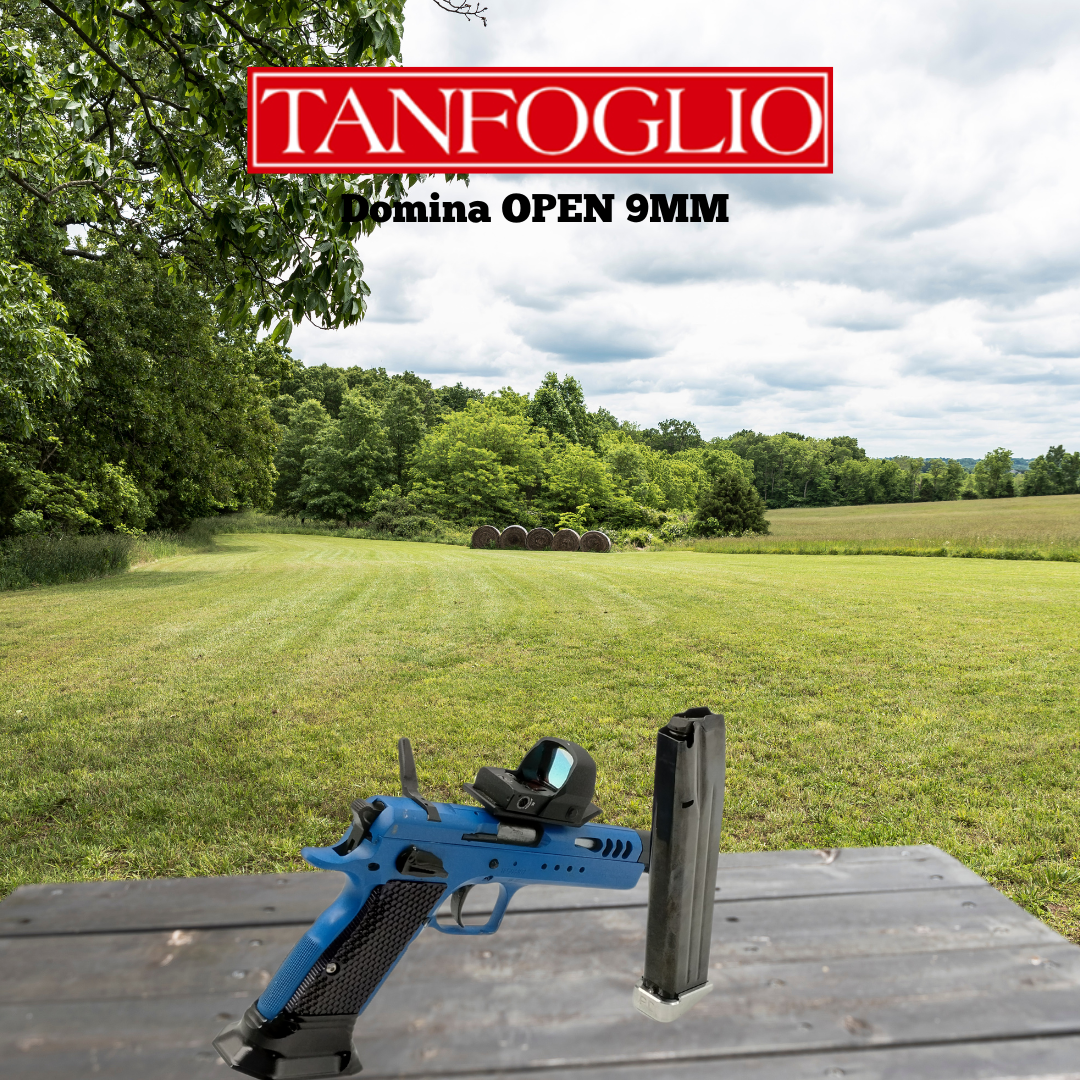






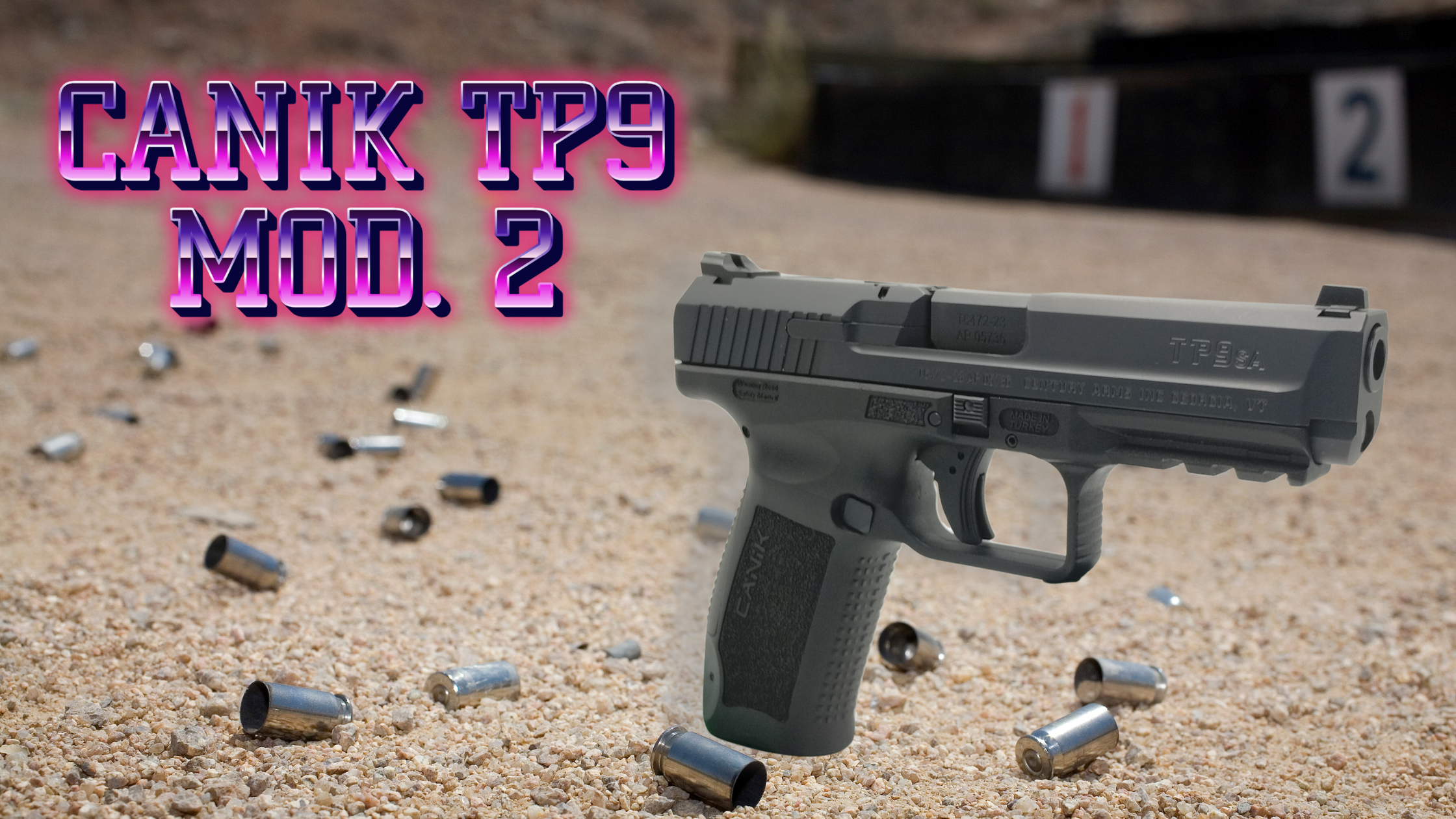




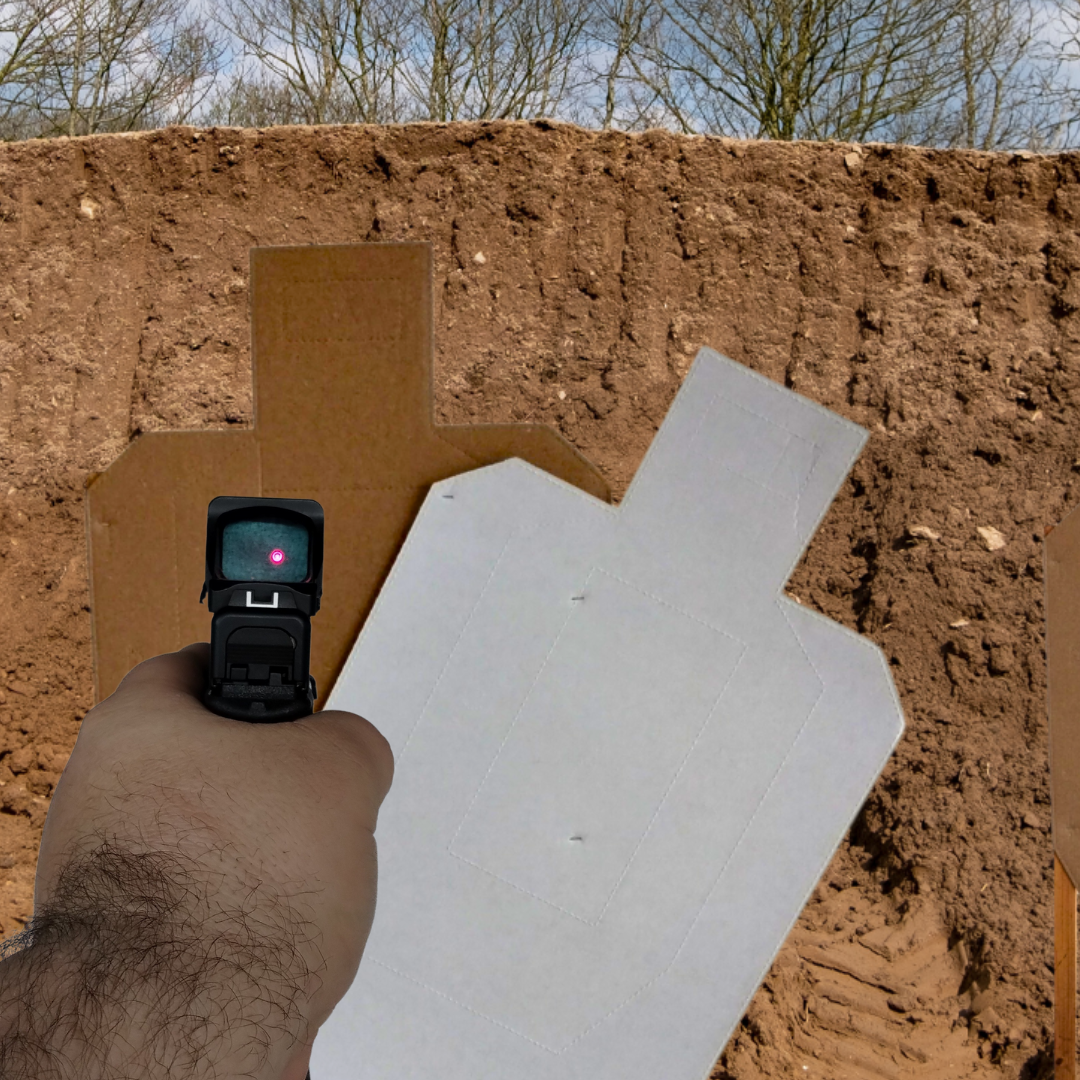


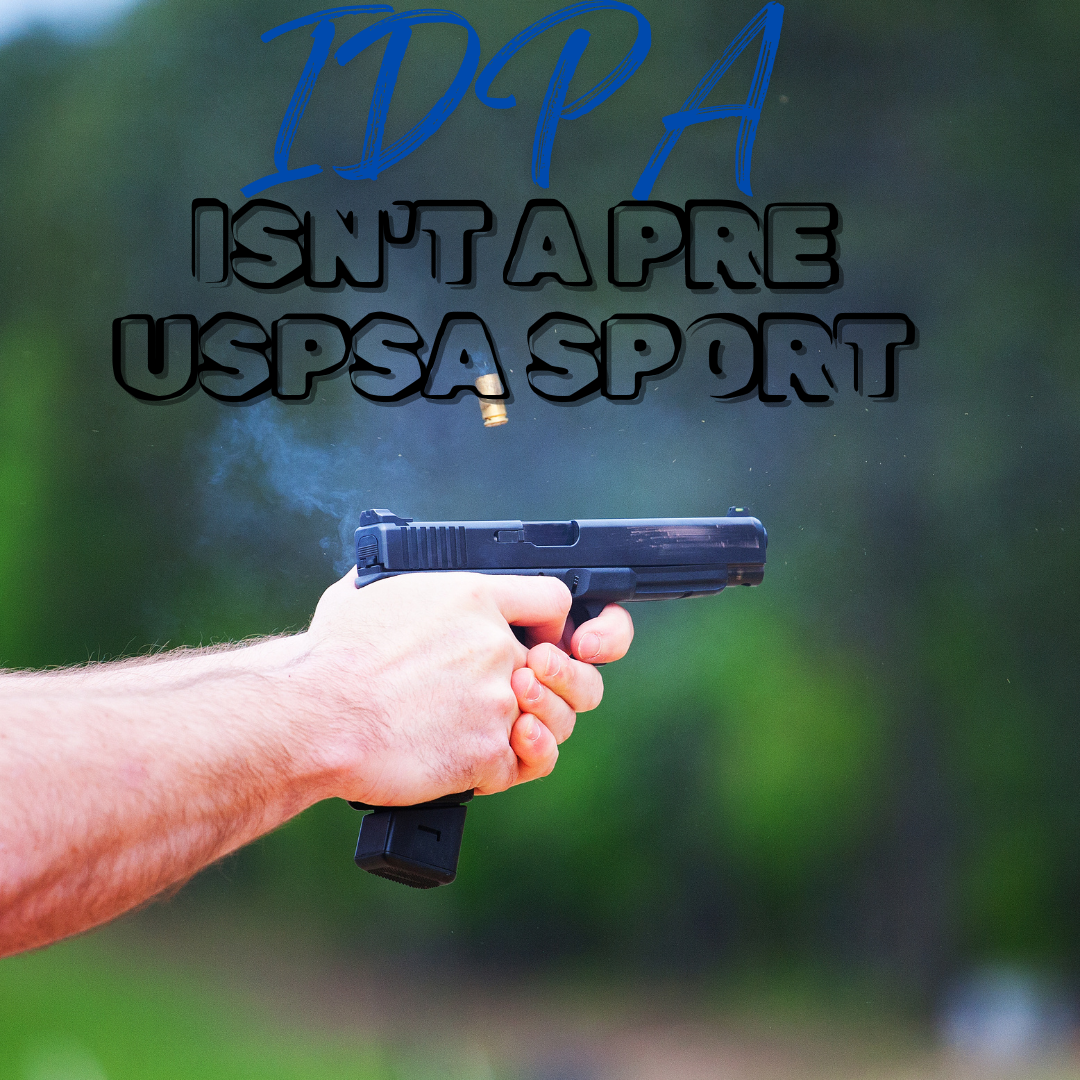














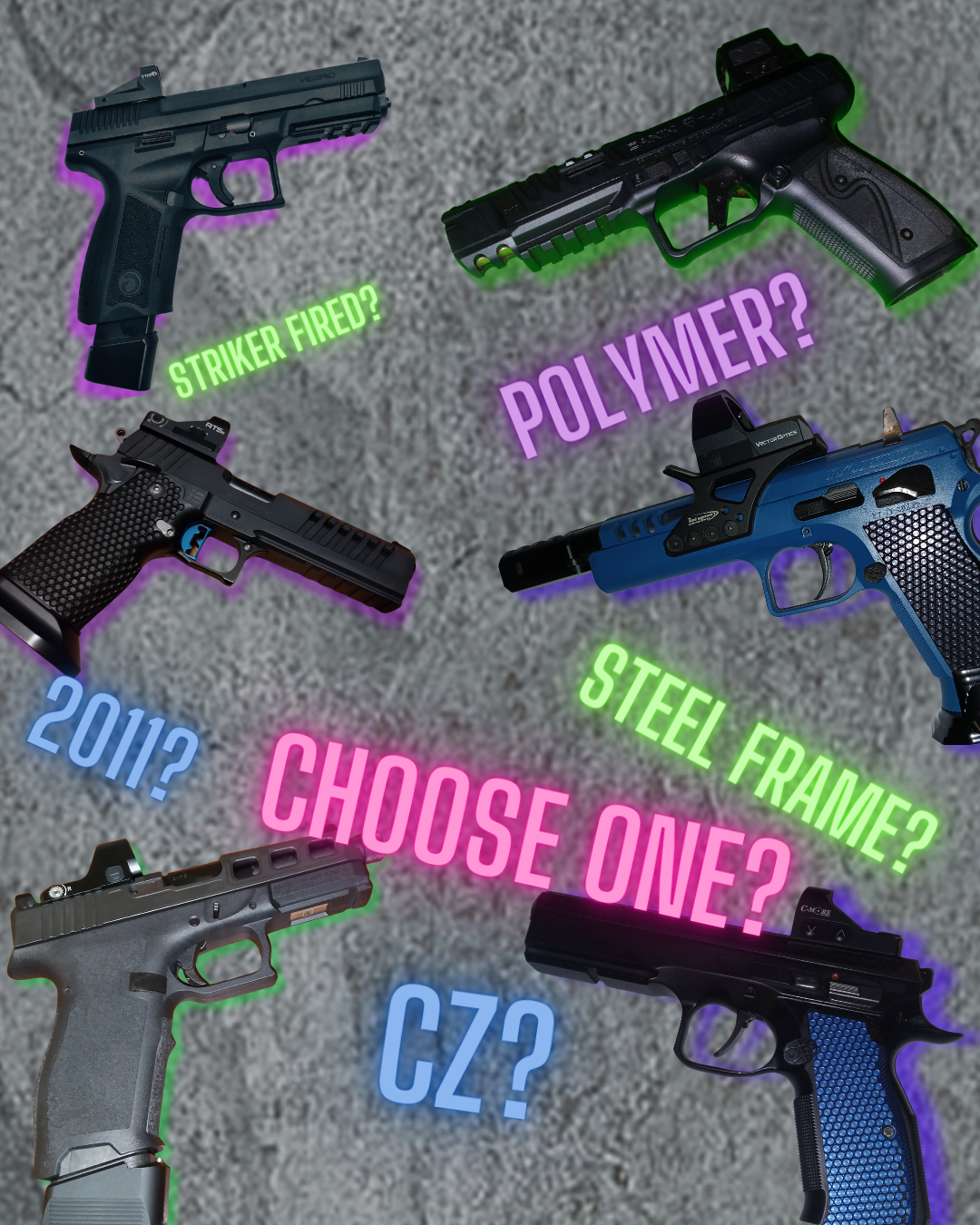




 As an instructor, former MD, and competitor, I have noticed that one thing remains the same from beginner to advanced shooters. What is most comfortable in YOUR hands will be the most comfortable and consistent for YOU to shoot. In turn, on a topic of growth, you'll find a more direct correlation of progress with a gun that is naturally comfortable to you over something that isn't. Don't expect a price tag to produce progress you haven't worked for! But also remember reliability is equal as well; it must work as well as be comfortable, whether it is a $500 Glock or $5,000 2011. Guys and Gals have won championships with everything from Glocks, Sigs, Walthers, Caniks, and 2011s. So, remember, the type of gun used doesn't make the shooter, but the connection between gun and shooter can. One saying I always loved was, "Go ahead and get that 2011; someone out there is still going to beat you with a plastic gun". This means that someone who's comfortable with that plastic gun will not succumb to your new imaginary skills just because you finally own that 2011 you're not yet comfortable with.
As an instructor, former MD, and competitor, I have noticed that one thing remains the same from beginner to advanced shooters. What is most comfortable in YOUR hands will be the most comfortable and consistent for YOU to shoot. In turn, on a topic of growth, you'll find a more direct correlation of progress with a gun that is naturally comfortable to you over something that isn't. Don't expect a price tag to produce progress you haven't worked for! But also remember reliability is equal as well; it must work as well as be comfortable, whether it is a $500 Glock or $5,000 2011. Guys and Gals have won championships with everything from Glocks, Sigs, Walthers, Caniks, and 2011s. So, remember, the type of gun used doesn't make the shooter, but the connection between gun and shooter can. One saying I always loved was, "Go ahead and get that 2011; someone out there is still going to beat you with a plastic gun". This means that someone who's comfortable with that plastic gun will not succumb to your new imaginary skills just because you finally own that 2011 you're not yet comfortable with.
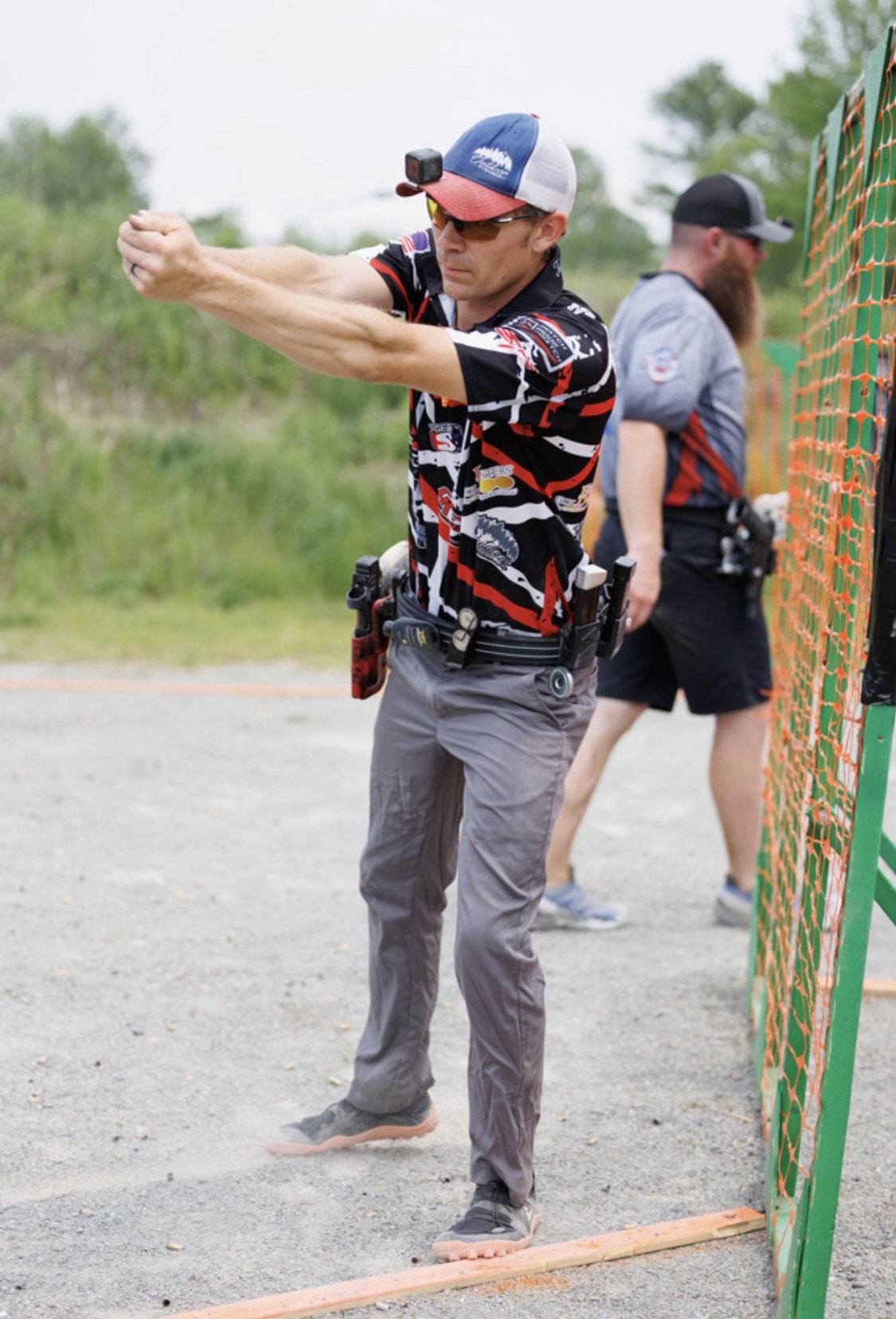

 Why would someone dry fire every day, even for only a few minutes? I will cover some reasons for doing this and the skills I prioritize. All of this comes from the perspective of a competitive shooter who wants to develop the skills and confidence to perform at the top end of my ability, on demand, in competition. First, the specific skills I practice and how I train them matter far less than the regularity with which I handle the pistol. Training every day builds a deep familiarity and connection to the gun, allowing me to look at a small spot and present the dots/sights to that spot without thinking specifically about how to do this. That is the main benefit of handling my competition pistol every day, regardless of whether it’s for 5 minutes or 50.
Why would someone dry fire every day, even for only a few minutes? I will cover some reasons for doing this and the skills I prioritize. All of this comes from the perspective of a competitive shooter who wants to develop the skills and confidence to perform at the top end of my ability, on demand, in competition. First, the specific skills I practice and how I train them matter far less than the regularity with which I handle the pistol. Training every day builds a deep familiarity and connection to the gun, allowing me to look at a small spot and present the dots/sights to that spot without thinking specifically about how to do this. That is the main benefit of handling my competition pistol every day, regardless of whether it’s for 5 minutes or 50. The skills I maintain focus on developing are simple: draws, reloads, and target transitions. There are obviously variations to all of these skills; for example, the draw is not always “wrists below the belt,” but it could be a table start or hands starting on a wall; this principle of variety applies to any skill in working on. Overall, Allowing myself the opportunity to train every day without the pressure to have an entire 45-minute session makes it far more likely that I actually handle the pistol every day. Often, these shorter sessions become longer or even an additional dry fire session later in the day. Maintaining daily gun handling skills over Extended periods, such as years, has only had a positive impact on my shooting, and I’m sure it would be for anyone who wants to get better at shooting.I currently use the full-size 5” Walther PDP steel frame with a 14-pound flat wire spring and the Rune Tactical guide rod. I use CR speed for my belt and magazine pouches. I use a GX products Vice on a BOSS hanger for my holster.
The skills I maintain focus on developing are simple: draws, reloads, and target transitions. There are obviously variations to all of these skills; for example, the draw is not always “wrists below the belt,” but it could be a table start or hands starting on a wall; this principle of variety applies to any skill in working on. Overall, Allowing myself the opportunity to train every day without the pressure to have an entire 45-minute session makes it far more likely that I actually handle the pistol every day. Often, these shorter sessions become longer or even an additional dry fire session later in the day. Maintaining daily gun handling skills over Extended periods, such as years, has only had a positive impact on my shooting, and I’m sure it would be for anyone who wants to get better at shooting.I currently use the full-size 5” Walther PDP steel frame with a 14-pound flat wire spring and the Rune Tactical guide rod. I use CR speed for my belt and magazine pouches. I use a GX products Vice on a BOSS hanger for my holster.







